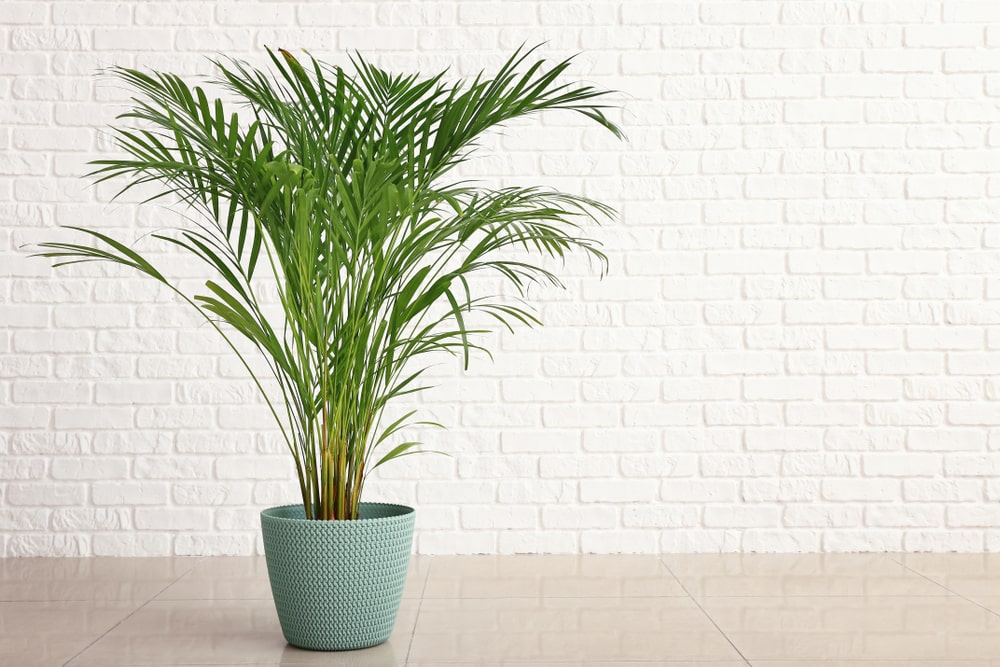
Areca palm is one of the most known indoor plants that you will often see in office buildings. It is liked by many gardeners due to its easy and manageable care tips. It can grow to an enormous size, and you should plan the layout for your indoor landscaping design beforehand. With that said, Areca is quite a beautiful plant that enhances the aesthetic of your home.
However, sometimes you will face some issues like Areca Palm leaves drying. In this situation, here are a few methods that will prove helpful for your plant.
How to Fix Areca Palm Leaves Drying?
- Avoid Chlorinated Water
Even if you are following a proper watering schedule and the soil mixture has sufficient moisture at all times, you need to give adequate attention to the type of water you’re using for the plant. Most of the people running into the leaves drying issue have mentioned that they were using chlorinated water. So, if you’re in the same boat, a quick fix would be to change the chlorinated water for freshwater.
Depending upon the severity of the issue, using freshwater will help you overcome the drying issue, and your leaves will be able to absorb sufficient moisture to regain their health. With that said, if the top few inches of the soil feel dry and you’re sure that you’re not using chlorinated water, then you need to increase the amount of water you provide to the plant. Checking the top few inches of the soil should give you a sufficient understanding of the concept.
- Limit Exposure to Sunlight
Aside from the watering problems, extensive exposure to sunlight can cause the Areca Palm leaves to dry out. The primary reason for this issue is that the Areca palm is meant to be put inside your home. It prospers in indirect sunlight and causes problems if you put it outdoors in direct sunlight. So, if this situation applies to you, immediately relocate the plant indoors near a window with sufficient sunlight.
It might take a few weeks to notice substantial results in the improvement of the leaves. However, as long as you’re taking care of the plant properly, it will recover in due time. So, move the plant indoors and make sure it is not suffering from extended exposure to sunlight.
- Use Compost
If you’re noticing stunted growth in your plants, then try using the composting mixture to help keep your plant healthy. You can also use fertilizers and other nutrients to boost the growth of your plants. However, make sure to adequately inspect the plant beforehand to confirm your decisions about the nutrient deficiency. Using the fertilizer without any definite reason will only create issues, and you won’t be able to fix the problem.
Make sure to ask an expert about the nutrient deficiency symptoms in your plant, and then try to match the description with your palm. That way, you will be sure that your plant is suffering from nutrient deficiency and can’t survive without the use of fertilizer. Similarly, do proper research on the recommended dosage, and hopefully, your plant will start recovering.
